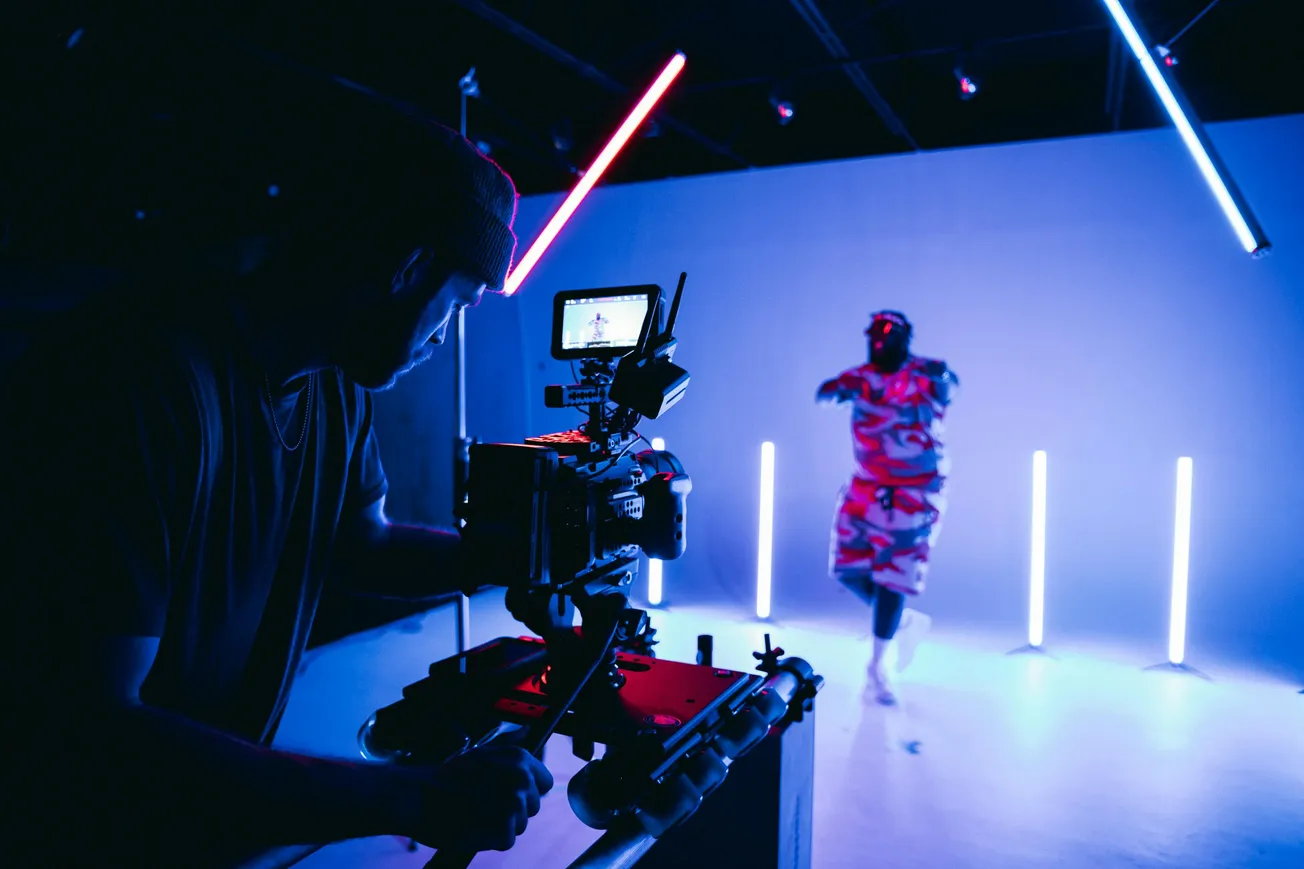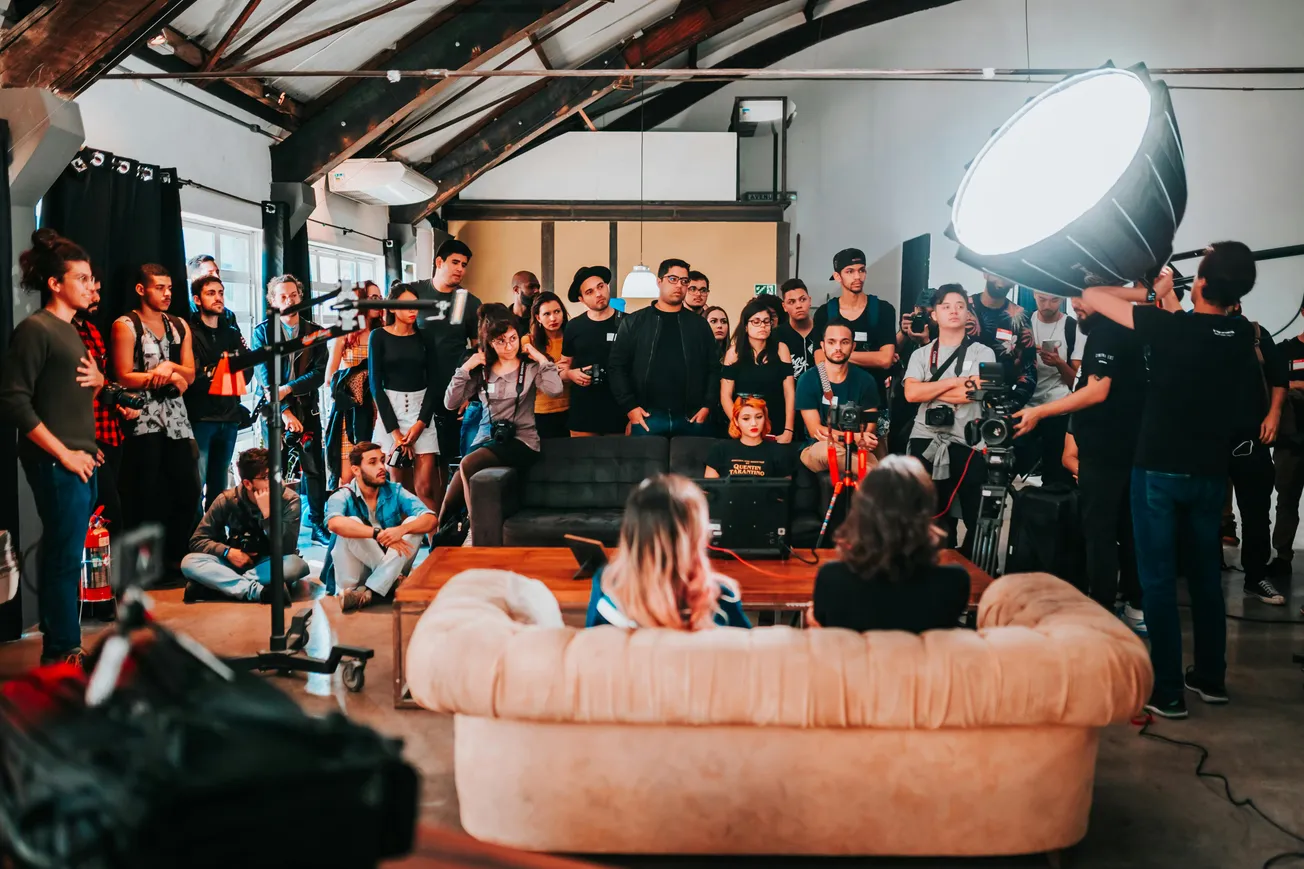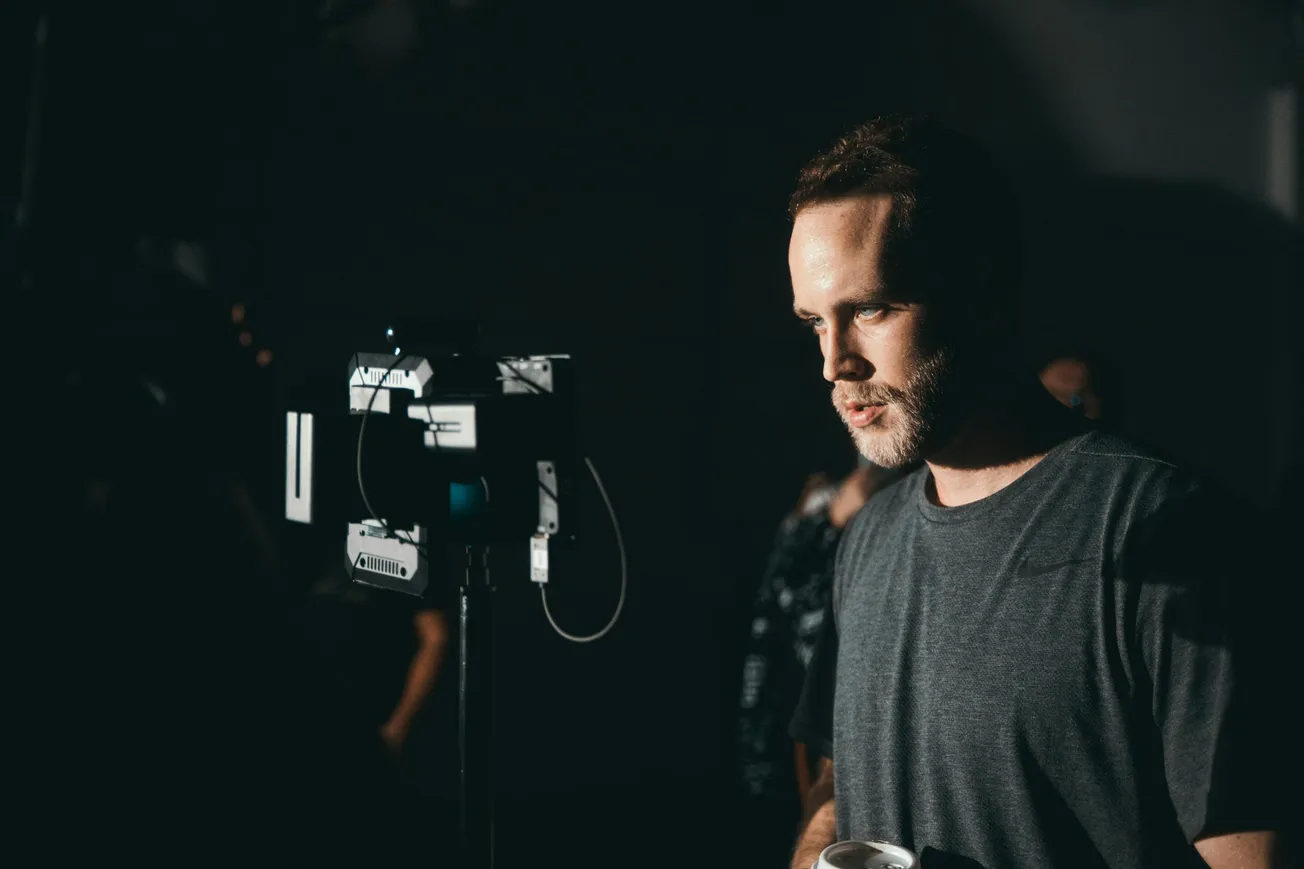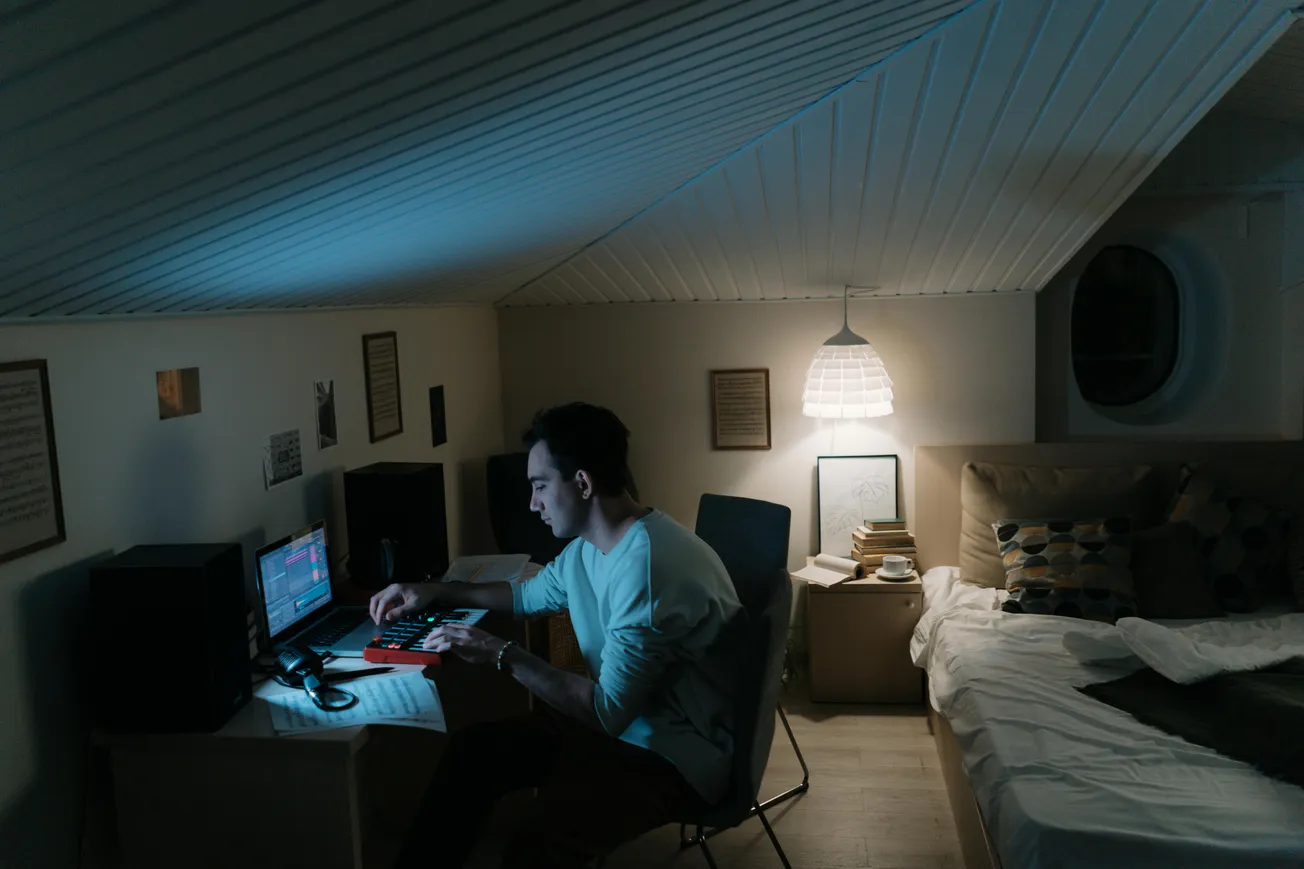Thanks to the rapid advancements in artificial intelligence (AI), the landscape of video production is undergoing a remarkable transformation. AI voiceovers, in particular, are revolutionizing how creators produce videos, making processes faster, cheaper, and more effective.
The Current Landscape of Video Creation
AI is already playing a crucial role in modern video production, automating tasks that were once labor-intensive. Tools like Adobe Premiere Pro are incorporating AI-driven features, while platforms like Runway ML and Pixflow’s AI Voiceover plugins illustrate this technological advancement.
For example, Pixflow’s AI Voiceover is particularly notable for generating high-quality, natural-sounding voiceovers rapidly – essential for creators seeking to enhance their production workflows.
Why AI Voiceovers Are Leading the Charge
AI voiceover technology stands out as a game-changer in video production. Utilizing advanced algorithms, these tools synthesize human-like voices, presenting a cost-effective alternative to traditional voiceover methods.
The benefits are compelling: AI voiceovers offer consistency in tone, quick turnaround times and effortless multilingual capability, positioning them as essential components of modern video creation.
Future Trends in Video Production
AI Voiceovers and the Future of Video Editing
The integration of AI voiceovers, particularly from tools like Pixflow AI Voiceover plugins, is set to advance significantly. Innovations may include emotional voice modulation, real-time synchronization with video and tailored voiceovers targeted at specific demographics.
These enhancements promise to elevate video editing standards, making it not only more accessible but also impactful.
The Rise of Fully AI-Powered Content Creation
We are on the brink of fully automated video production pipelines where AI handles everything from scriptwriting to editing. This trend not only speeds up production timelines but encourages experimentation with new formats and styles, heralding a new era for industries like marketing and education.
Innovations in AI Video Editing Tools
Advanced AI editing tools are continually evolving. They now offer capabilities such as automated scene transitions, color grading and AI-generated visual effects, helping creators produce professional-grade videos with minimal effort.
Companies like NVIDIA and OpenAI are leading these innovative changes, showcasing the transformative potential of their applications.
Challenges and Ethical Considerations
Addressing Concerns About AI in Video Production
Despite the advantages, the incorporation of AI in video production raises several challenges. A key concern is ensuring authenticity in AI-generated voiceovers, which can sometimes lack emotional depth.
However, advancements like Pixflow AI Voiceover effectively tackle this issue, producing high-quality, human-like voices. Additionally, the potential for biases in AI algorithms and ethical concerns regarding the use of AI-generated content must be navigated seriously.
The Role of Creators in an AI-Driven Future
While AI enhances many aspects of production, human creativity remains irreplaceable. The role of creators will evolve, focusing on storytelling and oversight, ensuring ethical and effective use of AI tools. By adapting to these changes, creators can uncover new opportunities and redefine their contributions to the industry.
Conclusion
The future of video creation is intertwined with cutting-edge AI technologies. With the rise of AI voiceovers and the advent of fully automated production, the video landscape is ripe for innovation.
Creators who embrace these tools while addressing their associated challenges can foster a creative future that retains the essential human touch in storytelling.









